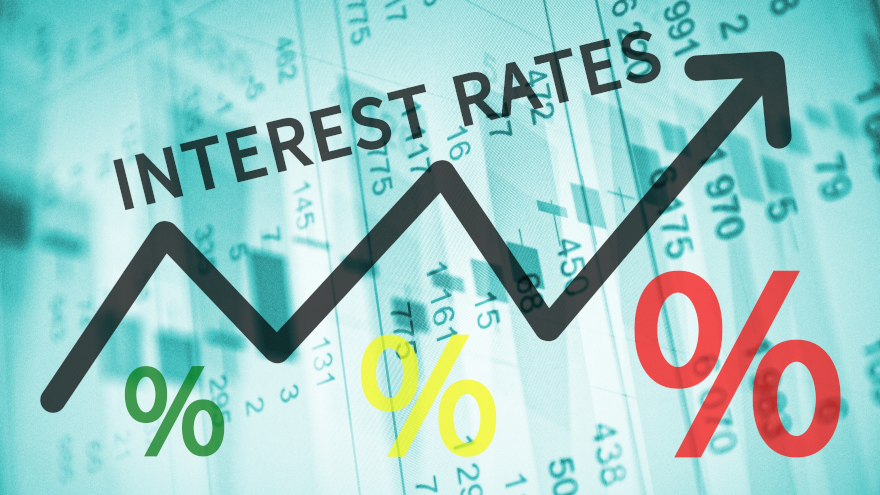Fed governor reiterates when interest rates might soften

Earlier this week, one of the members of the Federal Reserve Board of Governors made her third public appearance since Thanksgiving; this time hinting when interest rates might soften.
Michelle Bowman gave a speech during the South Carolina Bankers Association’s 2024 Community Bankers Conference in Columbia, S.C., reiterating that inflation coming in at roughly 2% is the primary metric guiding policymakers.
“Should inflation continue to fall closer to our 2 percent goal over time, it will eventually become appropriate to begin the process of lowering our policy rate to prevent policy from becoming overly restrictive. In my view, we are not yet at that point. And important upside inflation risks remain,” Bowman told the banker gathering in the Palmetto State.
“To the extent that both food and energy markets remain exposed to geopolitical influences, they present upside risks to inflation,” Bowman continued. “There is also the risk that the recent easing in financial conditions encourages a reacceleration of growth, stalling the progress in lowering inflation, or even causing inflation to reaccelerate.
“Finally, there is a risk that continued labor market tightness could lead to persistently high core services inflation. While I do not tend to take too much signal from one report, last Friday’s employment report showed continued strength in job gains and wage growth, and the labor force participation rate declined,” she went on to say.
Speaking of the labor market, that’s an economic segment also addressed by Cox Automotive chief economist Jonathan Smoke.
Updating his blog on the same day Bowman was in South Carolina, Smoke recapped that the Fed’s strategy to create a “soft landing” for the economy appears possible when considering the latest job data.
“The Fed’s efforts to slow the economy and specifically the strong labor market have borne fruit as job creation is much lower than a year ago, but a ‘soft landing’ still looks likely,” Smoke wrote.
“Based on the initial estimates, 2023 saw 2.7 million new jobs created, a resoundingly different result compared to losses we could have faced in a widely feared potential recession. Job growth in 2024 should moderate to about half of the growth in 2023, but growth is better than decline,” Smoke added.
Bowman maintained how she and her fellow Fed policymakers will approach their options as 2024 continues.
“Given these risks, and the general uncertainty regarding the economic outlook, I will continue to watch the data closely — including data revisions, which have increased in magnitude and frequency since the pandemic — as I assess the appropriate path of monetary policy. I will remain cautious in my approach to considering future changes in the stance of policy,” Bowman said.
“It is important to note that monetary policy is not on a preset course,” she continued. “My colleagues and I will make our decisions at each meeting based on the incoming data and the implications for the outlook. While the current stance of monetary policy appears to be sufficiently restrictive to bring inflation down to 2 percent over time, I remain willing to raise the federal funds rate further at a future meeting should the incoming data indicate that progress on inflation has stalled or reversed.
“Restoring price stability is essential for achieving maximum employment and stable prices over the longer run,” Bowman went on to say.


